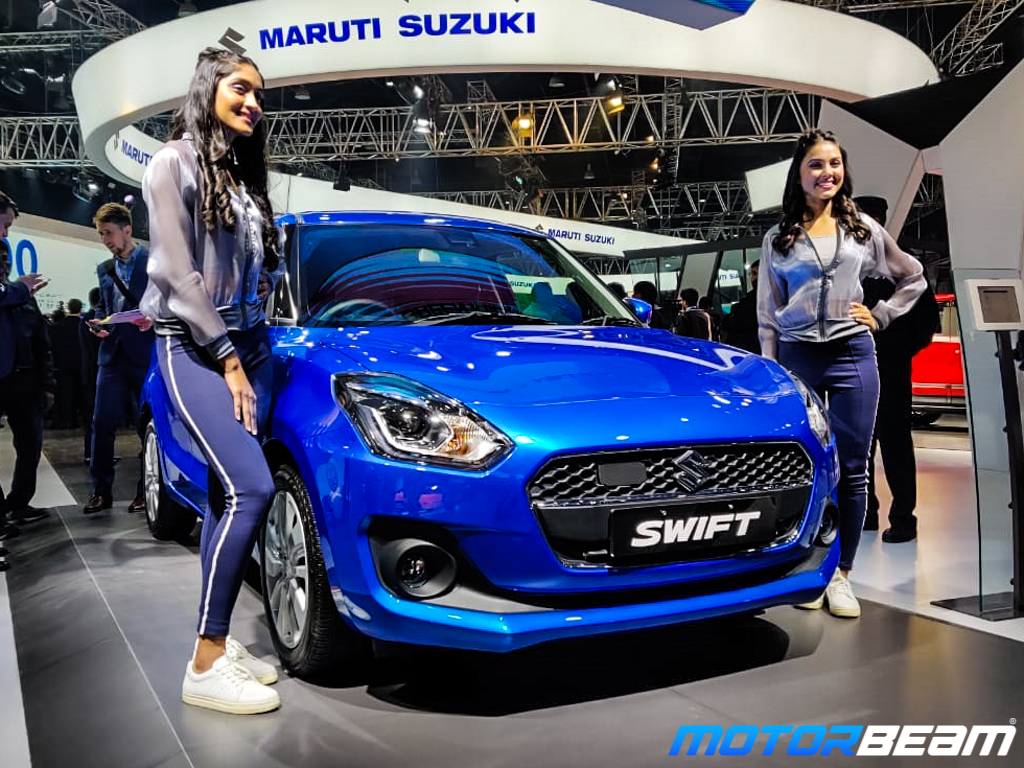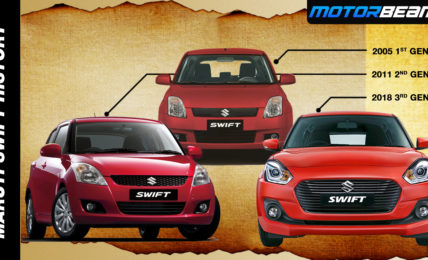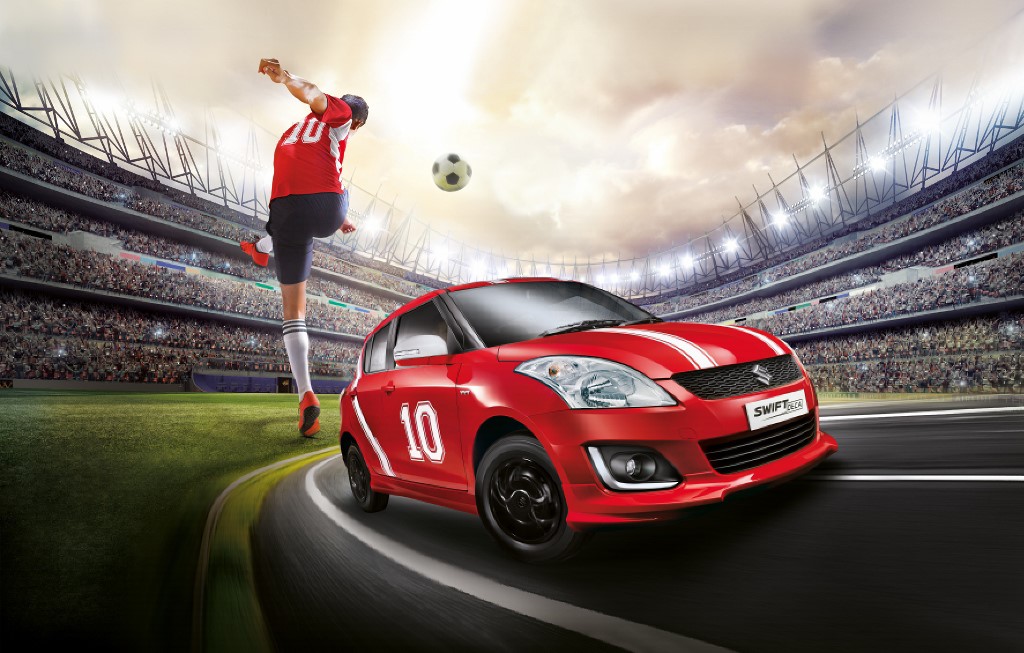The driving dynamics are extremely good on the Swift
The Maruti Swift shows its engaging nature when you’re driving it on the highways. While the steering provides good enough feedback, it doesn’t weigh up as much as you’d want it to at high speeds. However, it feels very direct and that instills confidence. Body control is very good and Maruti engineers have definitely got the ride and handling balance spot on. Sudden lane changes, corners, straight line stability, the Swift takes everything in its stride. It even feels very chuckable but the only let down are the tyres which even though are sufficient for day-to-day usage, don’t offer exceptional levels of grip and I personally would recommend a tyre upgrade to all those who tend to drive hard.
The suspension doesn’t cause discomfort to passengers
The third gen Maruti Swift has proven itself to be a well-rounded hatchback
The ride quality is also much better than the Ignis. At low speeds, the Swift doesn’t bounce around while encountering potholes or broken roads and remains flat for most part. At high speeds, the ride feels supple and it tackles undulations very nicely. Braking, though, is a bit of a concern because the car seems to have a longer stopping distance especially in the wet. The brake pedal has decent initial bite on our test car but later tends to feel very light and the bite doesn’t really feel very sharp.
The same diesel engine is shared with its siblings
Not much needs to be said about the engine because there are no changes over the second generation car and the Swift continues with the same engine in the same 75 PS and 190 Nm tune with a 5-speed manual transmission. The new car also gets a 5-speed AMT with both petrol and diesel engines but our test car is a manual variant so we’ll discuss the AMT later on. The manual transmission is quite slick and as I mentioned earlier, the clutch is light. The engine has good mid-range performance but turbo lag makes itself felt in traffic when you need to change gears more often. Fuel efficiency has been very good with our test car returning as much as 20 km/l on the highways and about 16-17 km/l in city driving.




